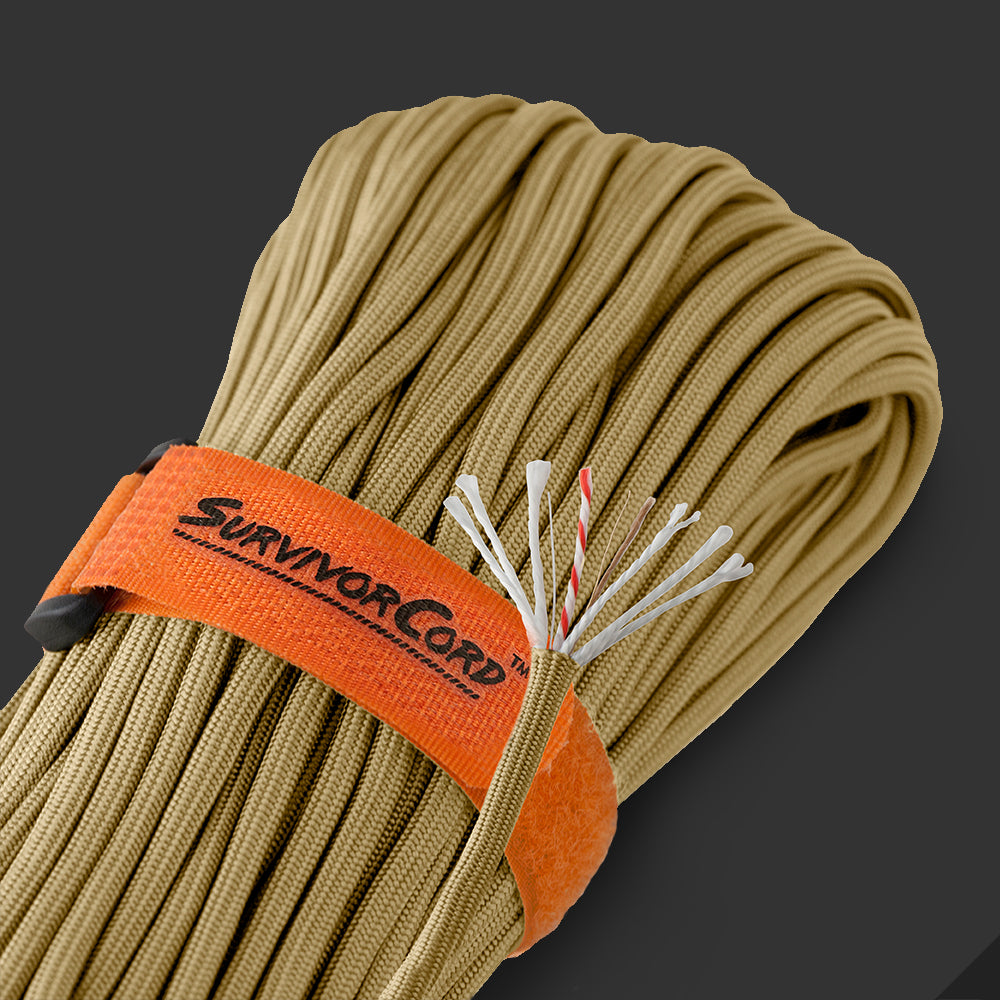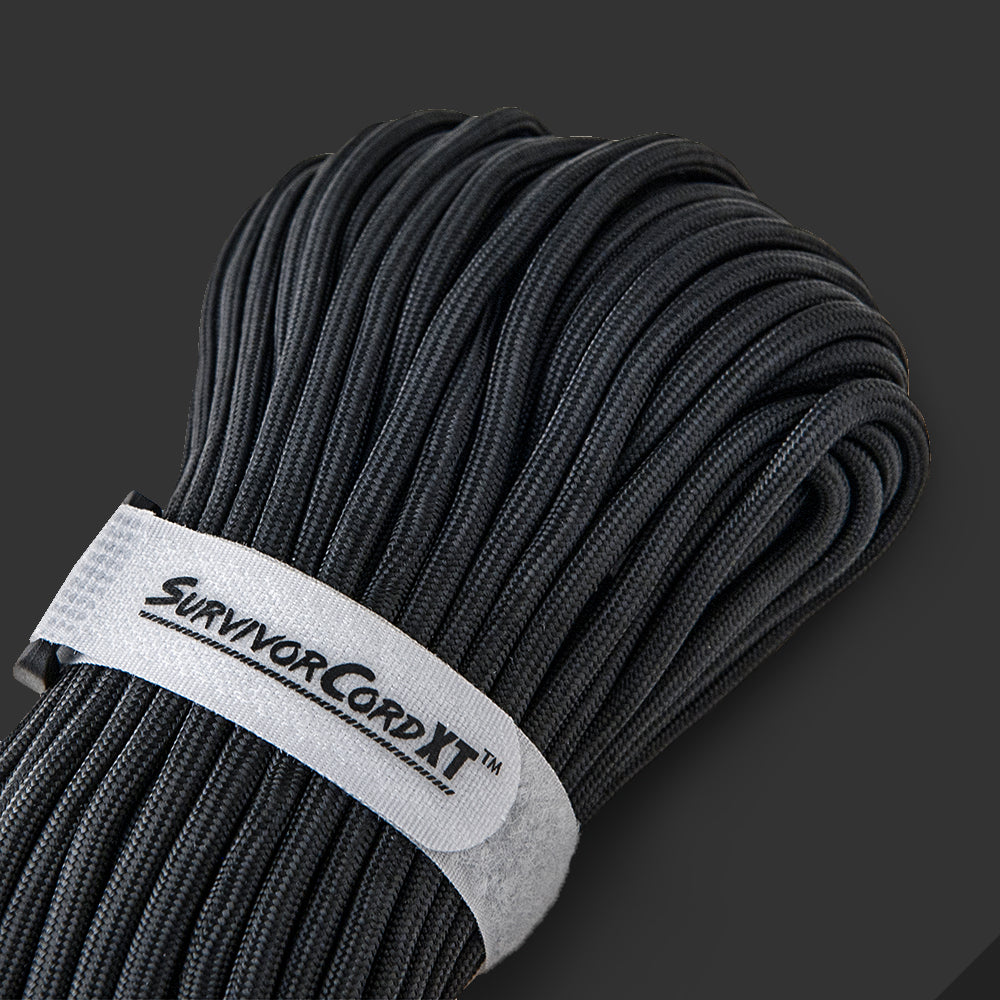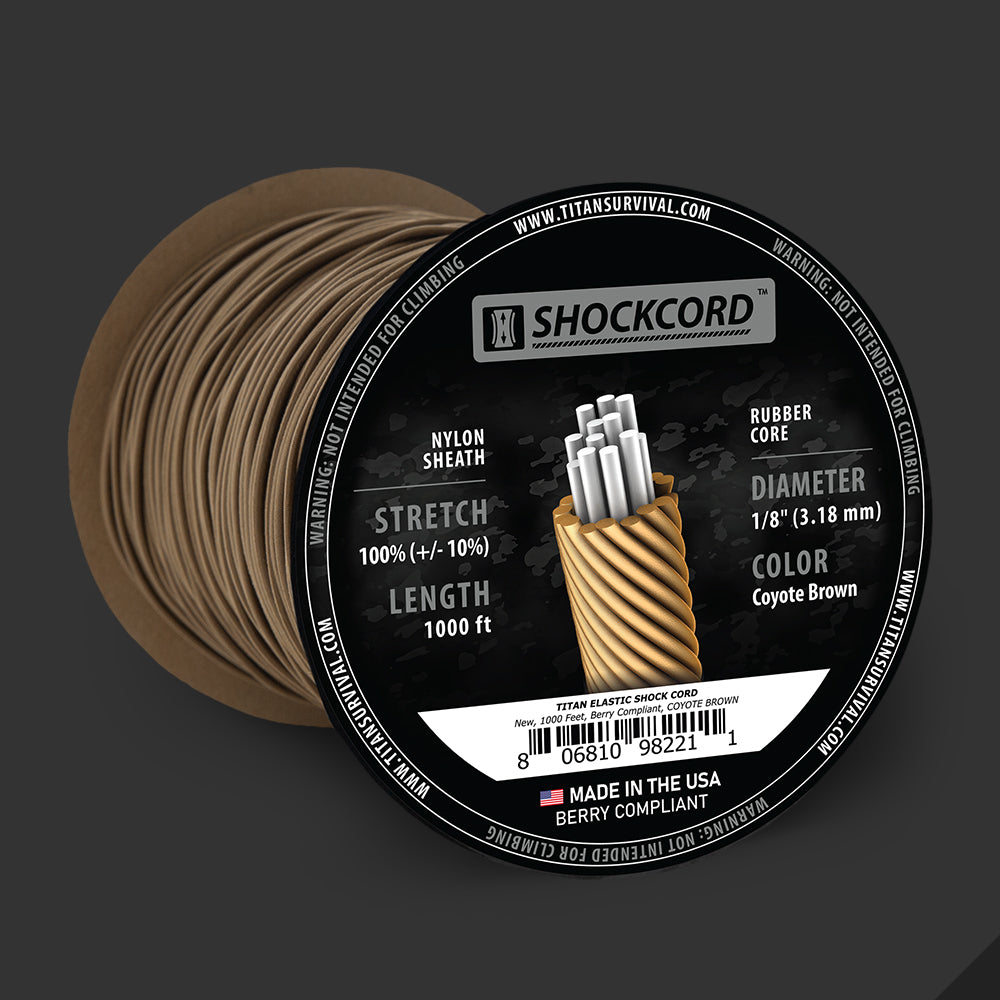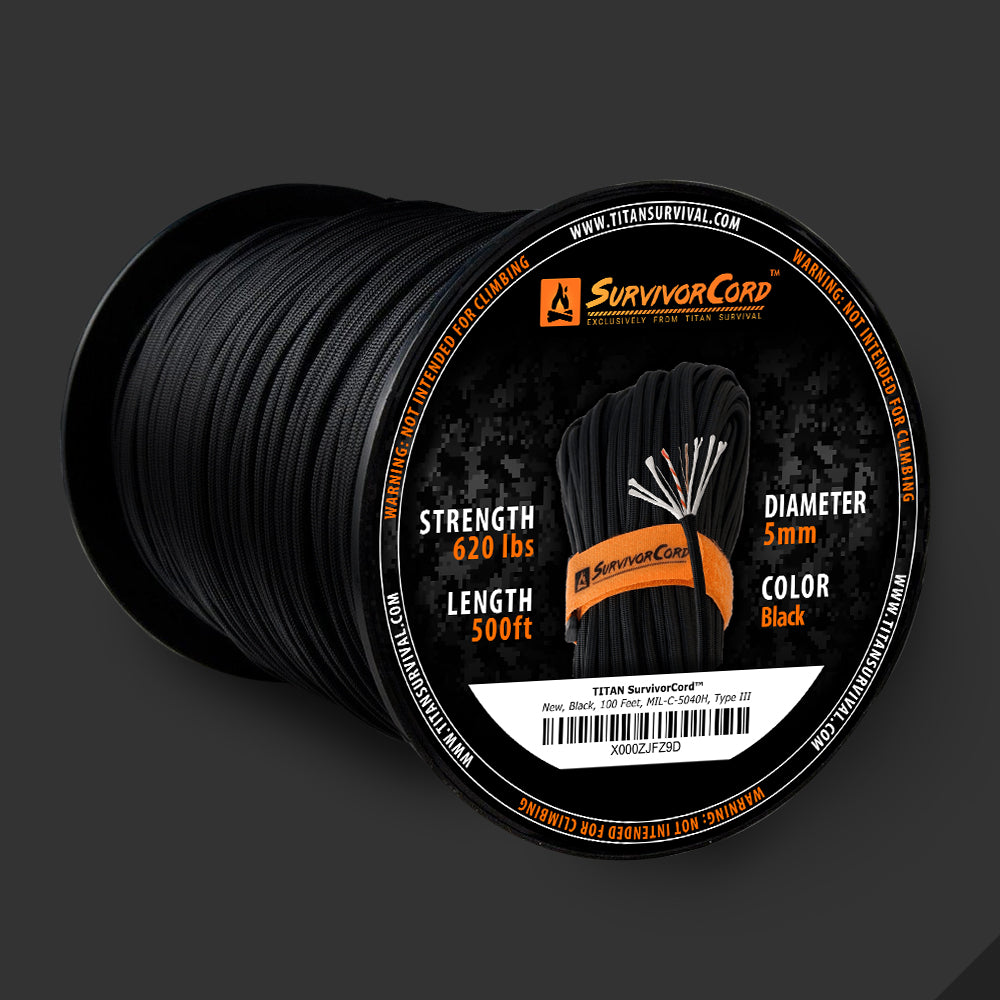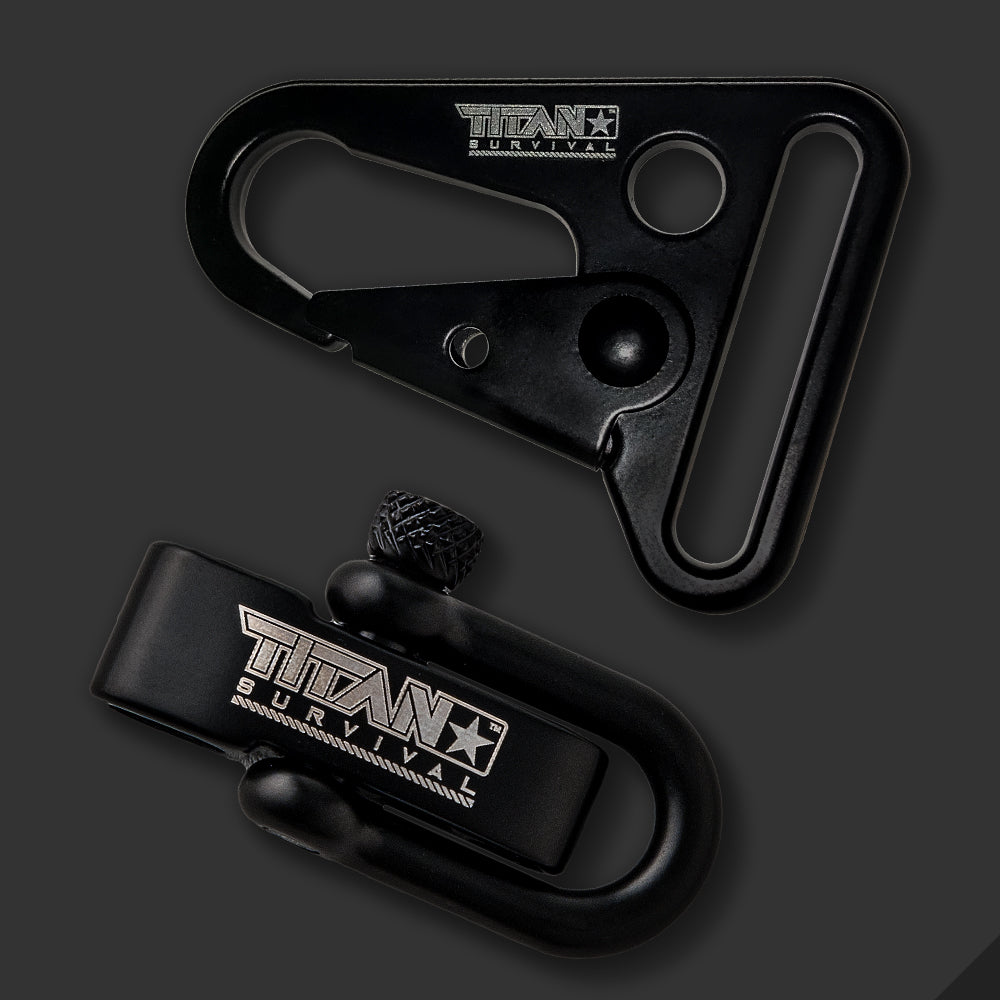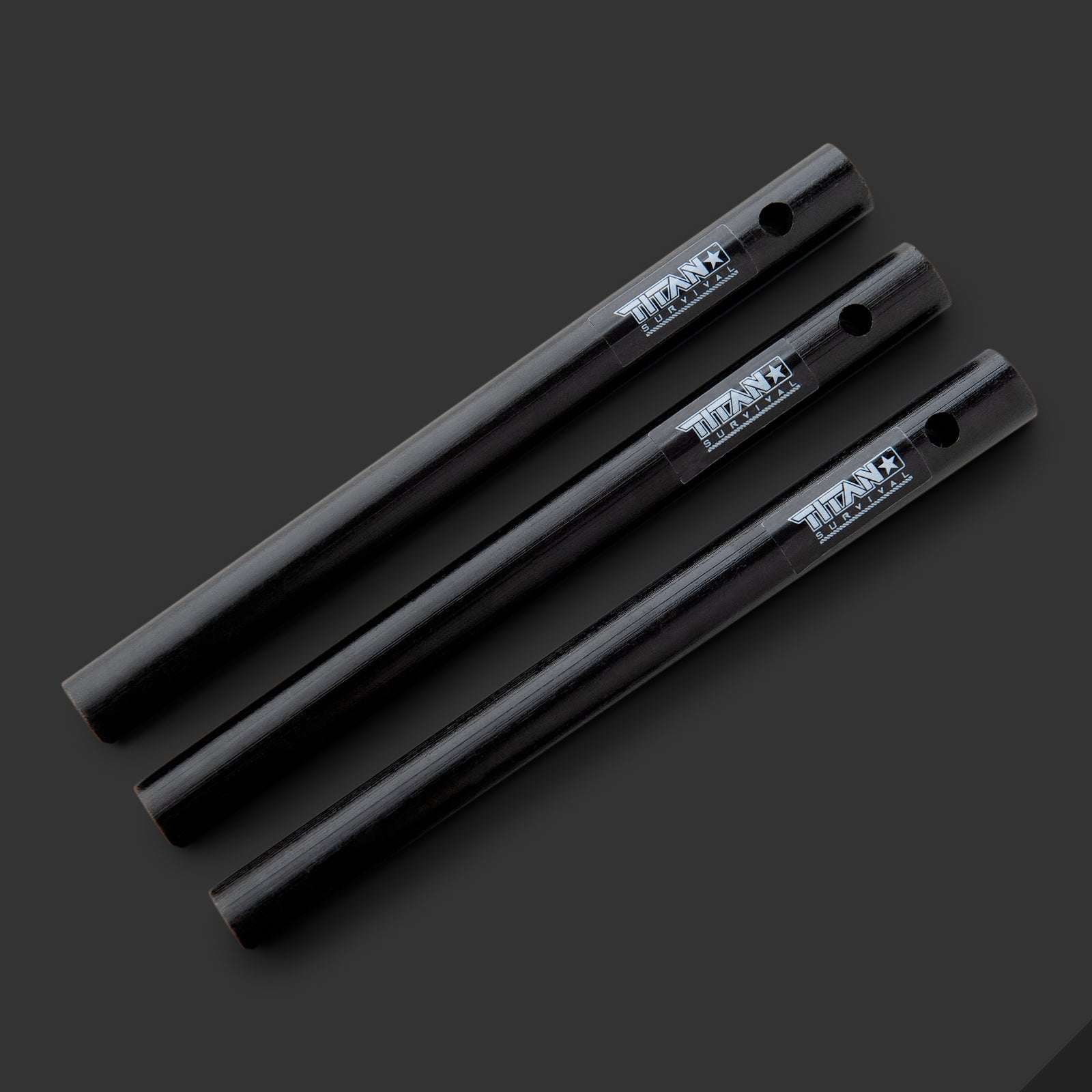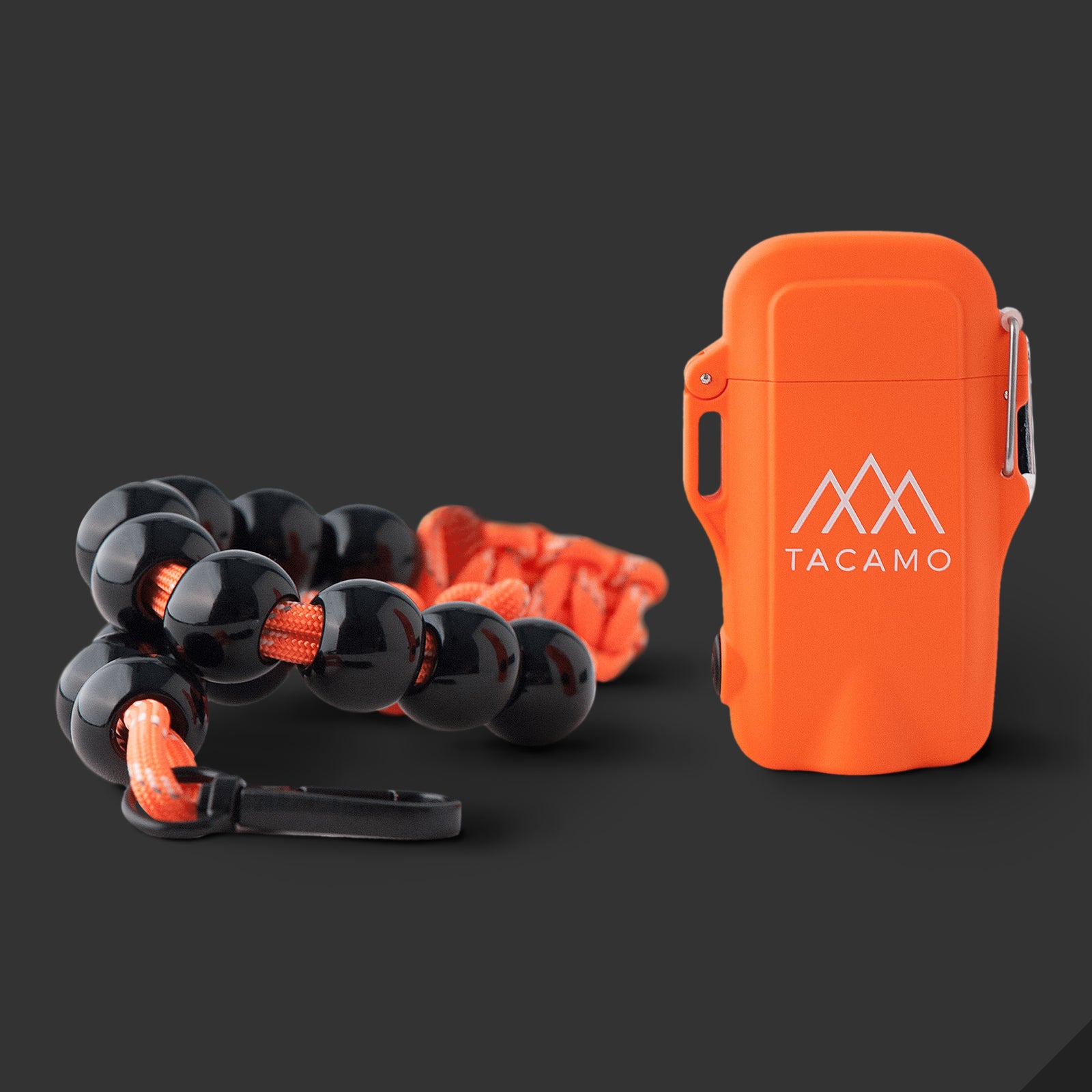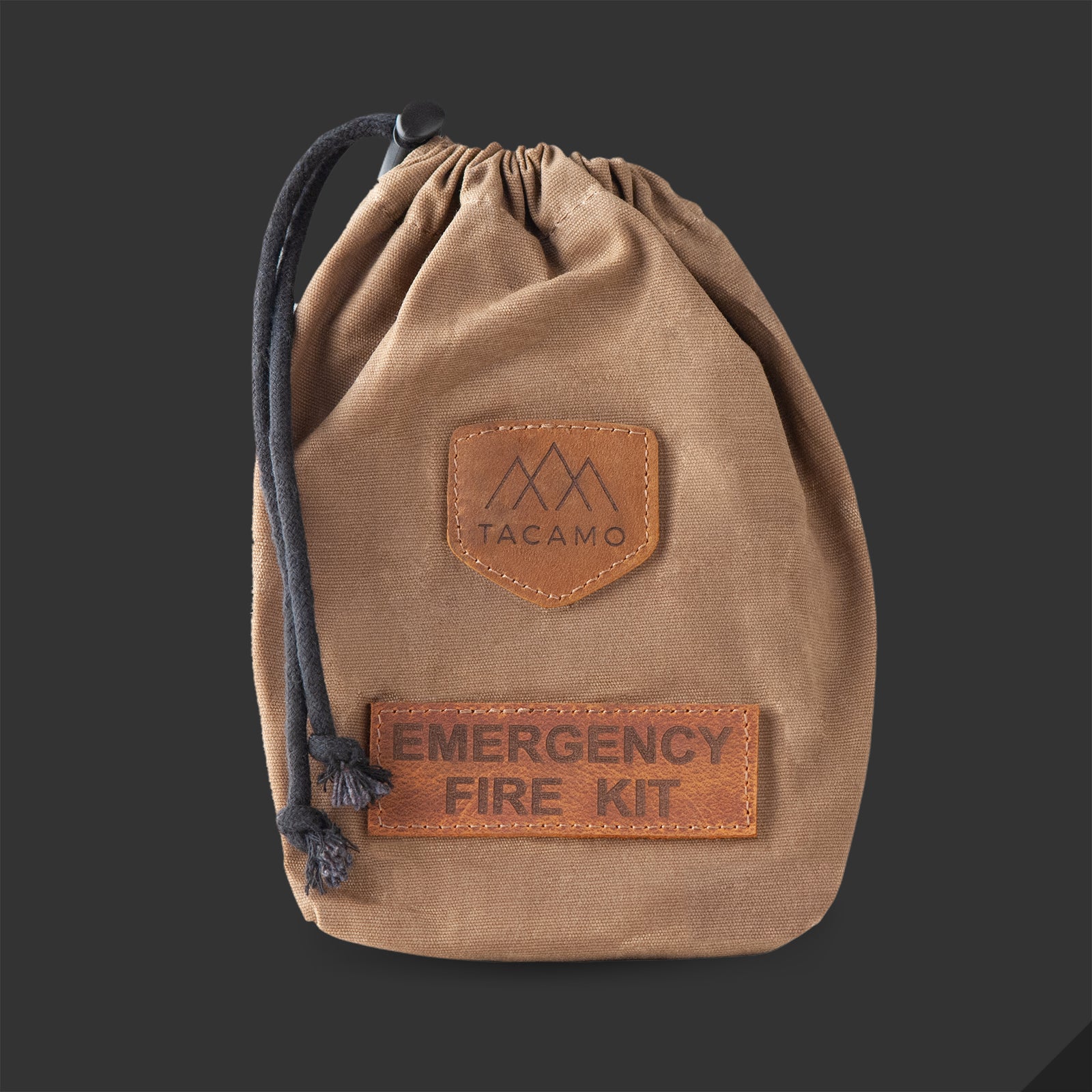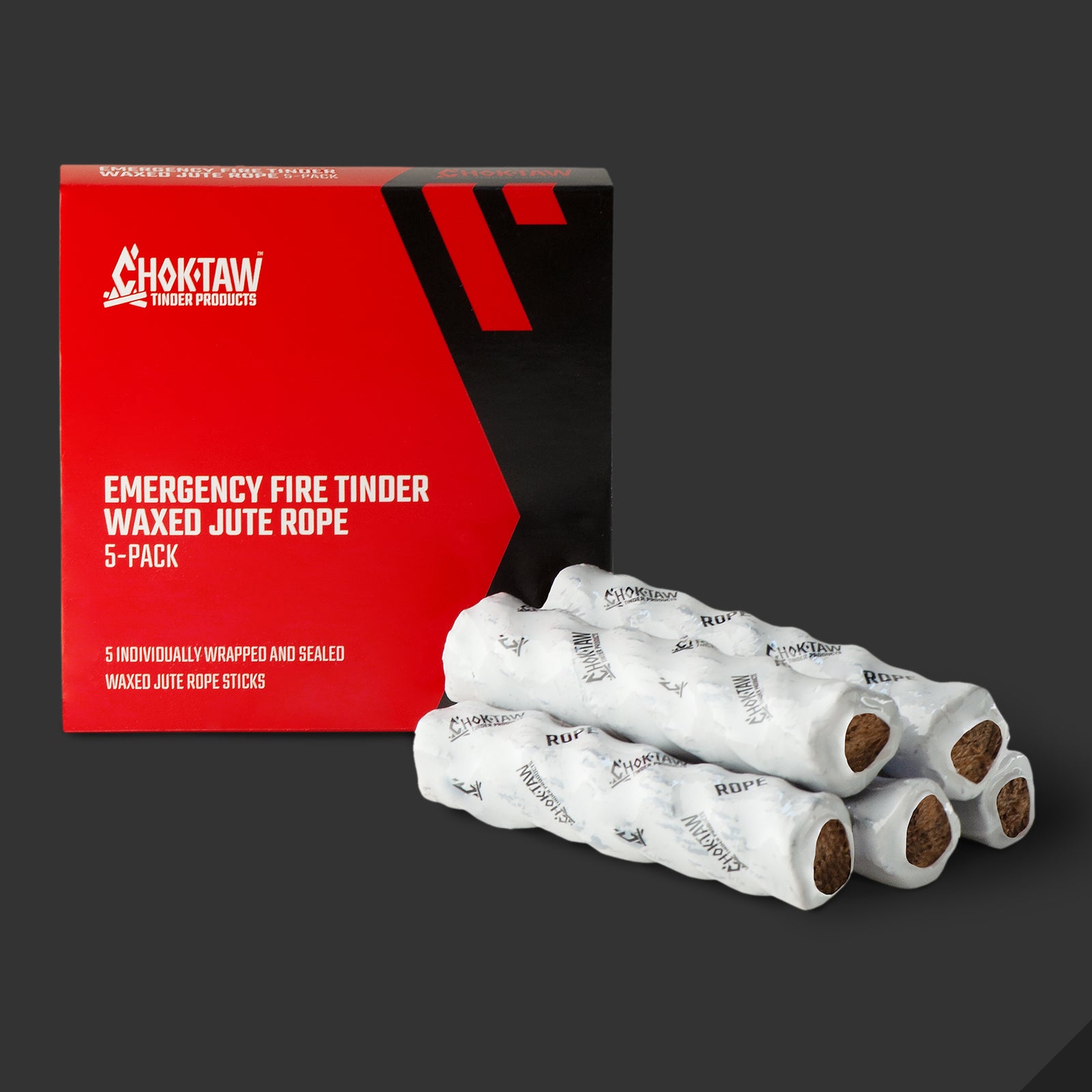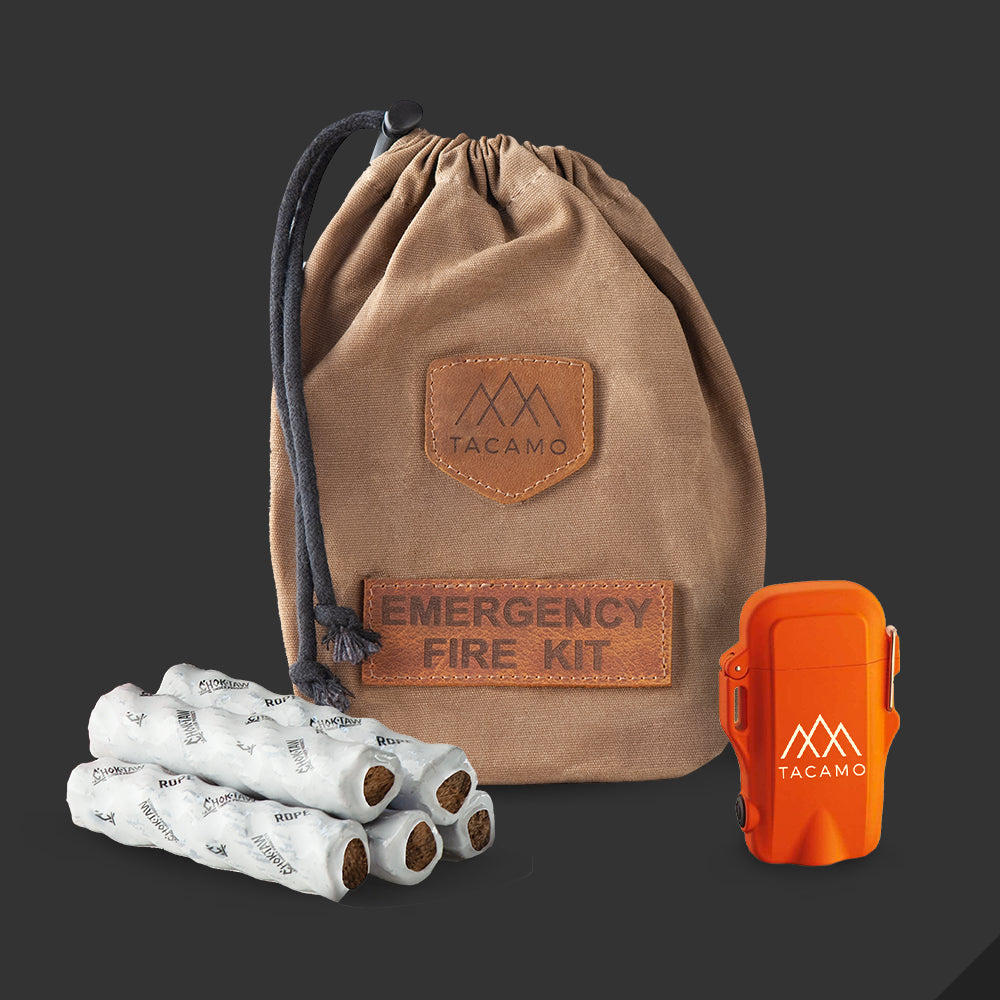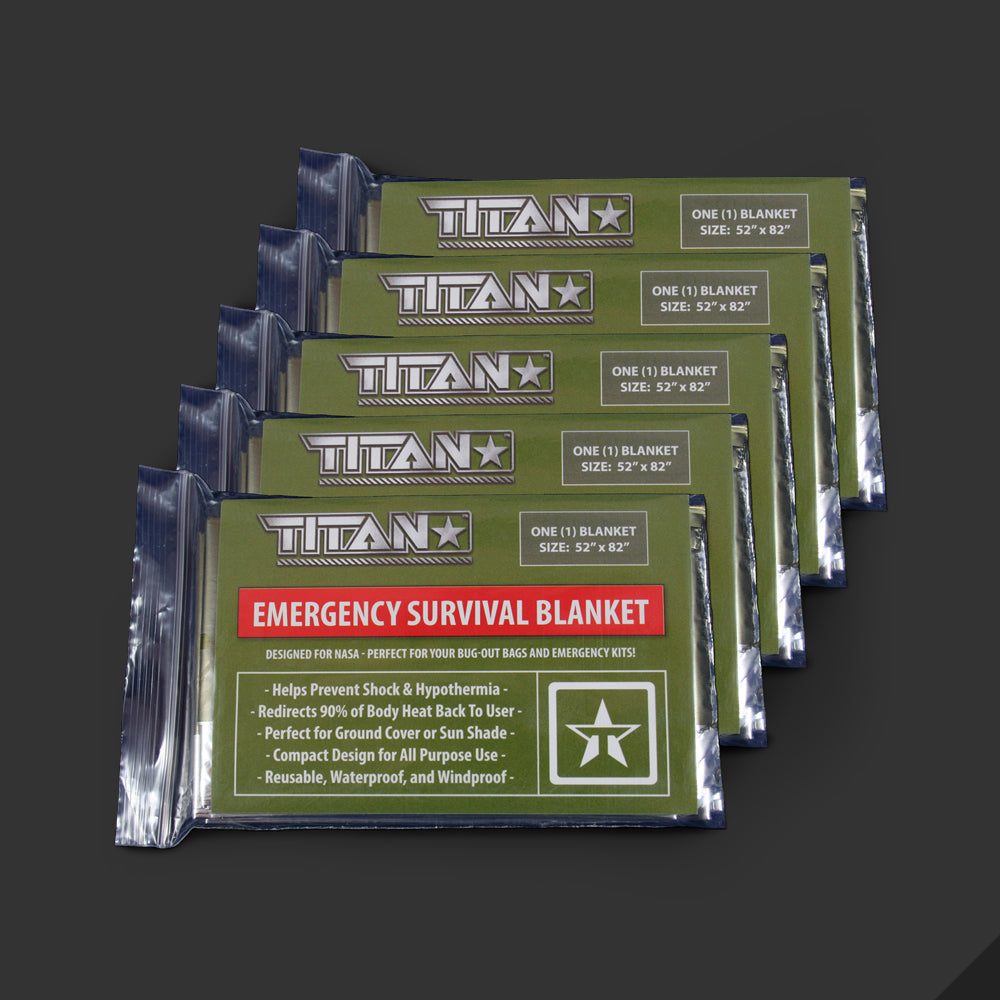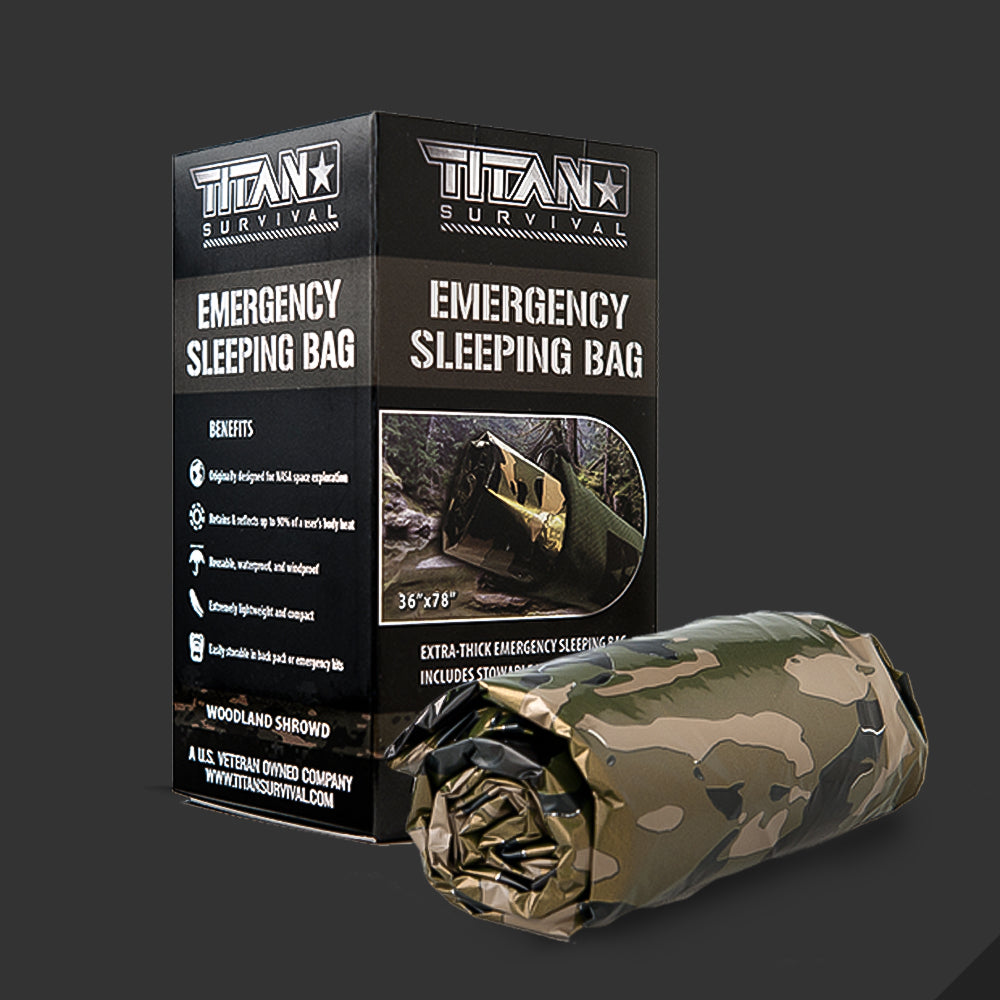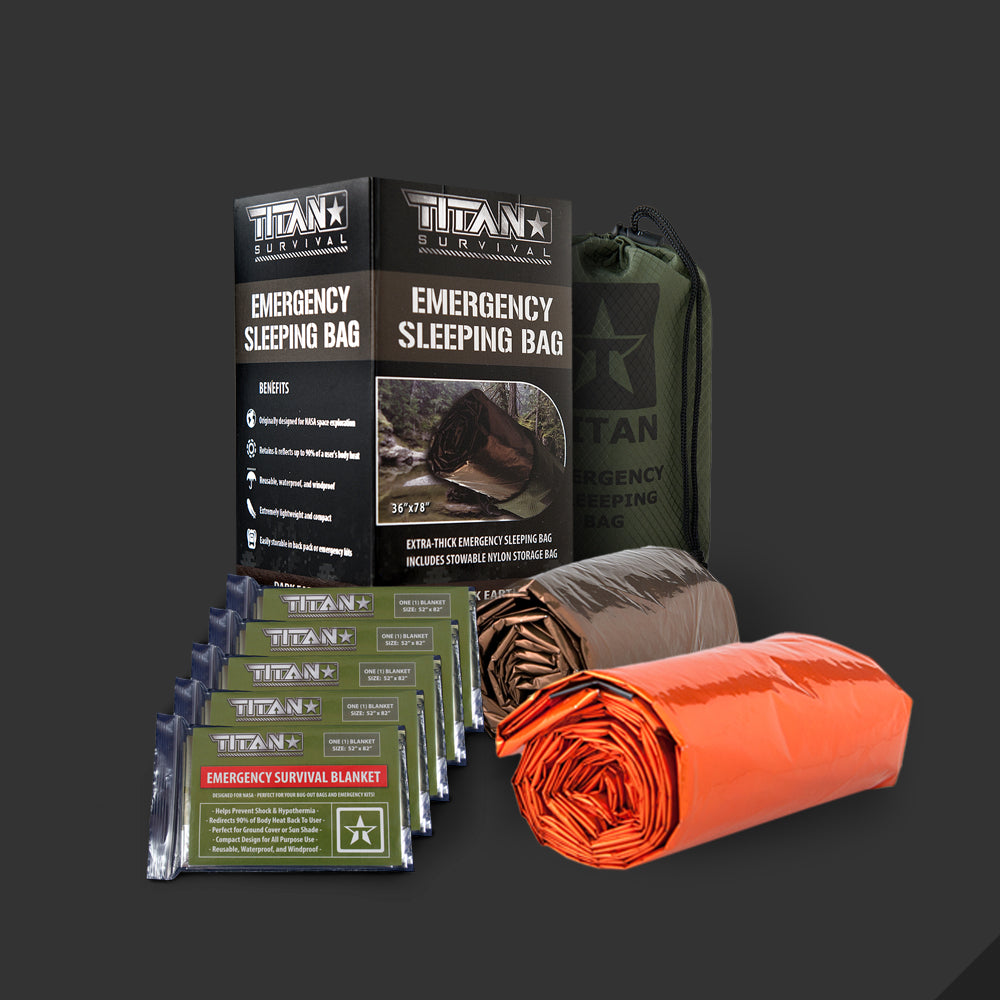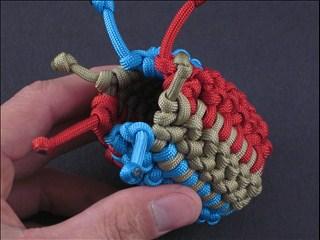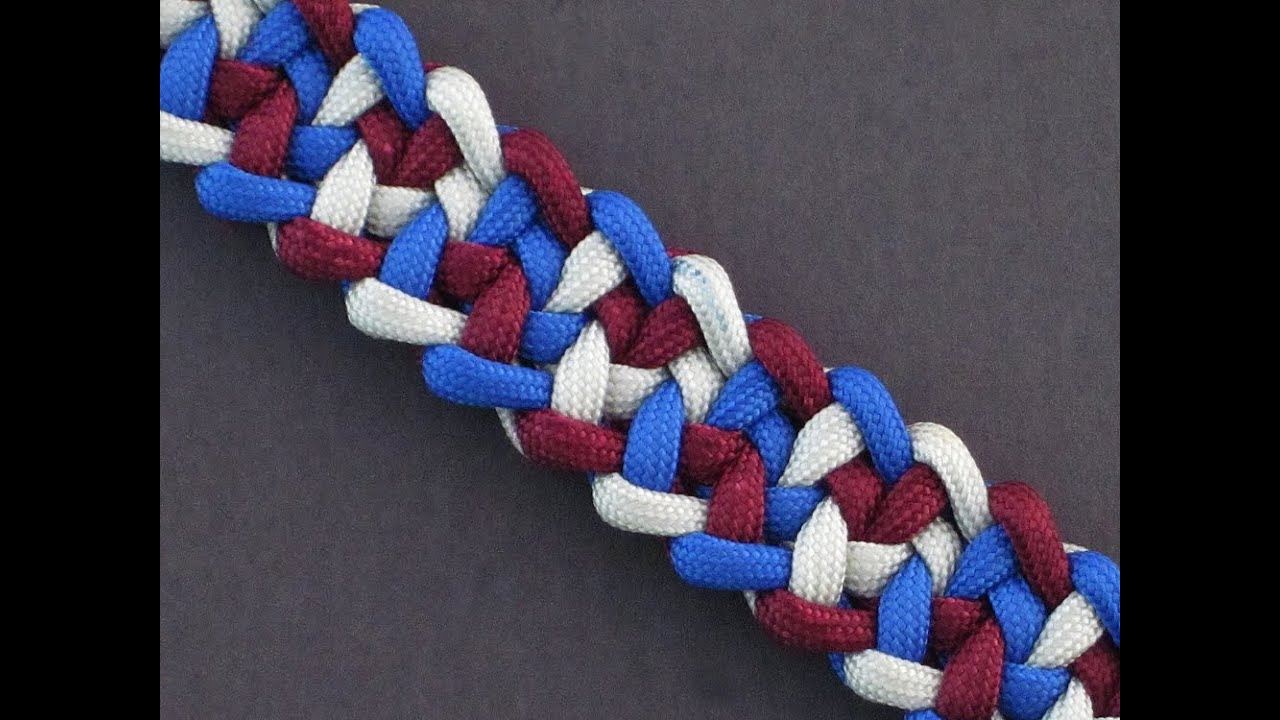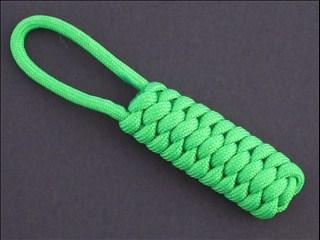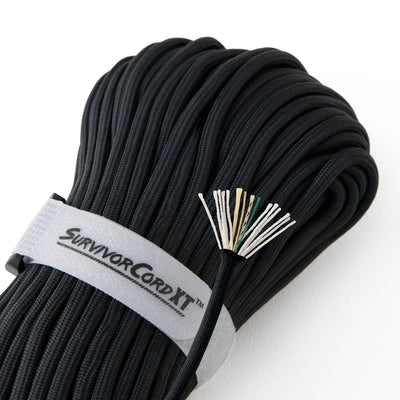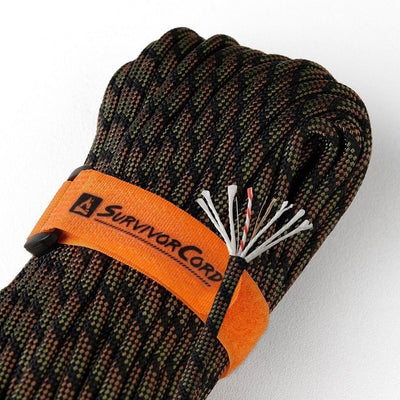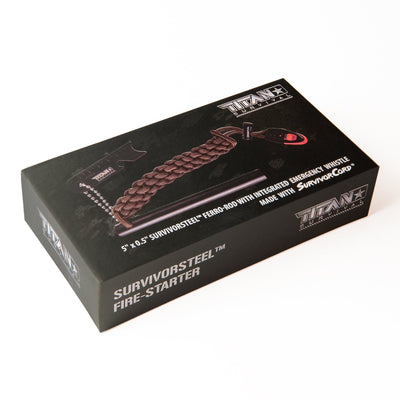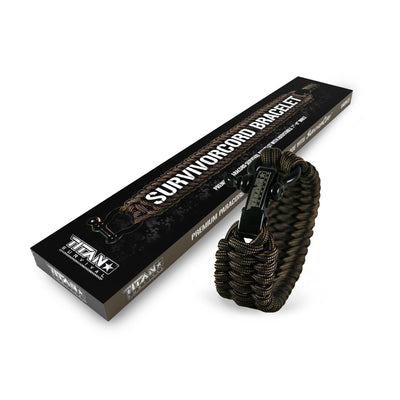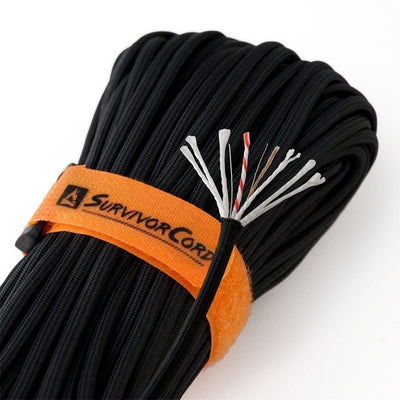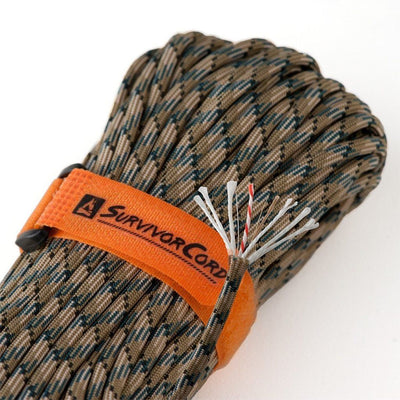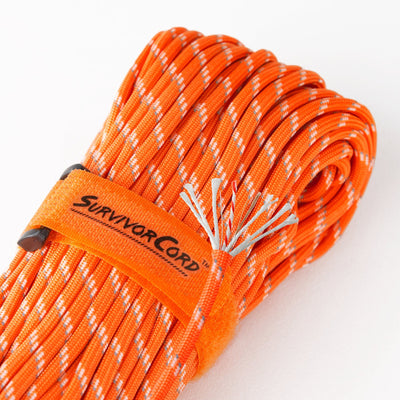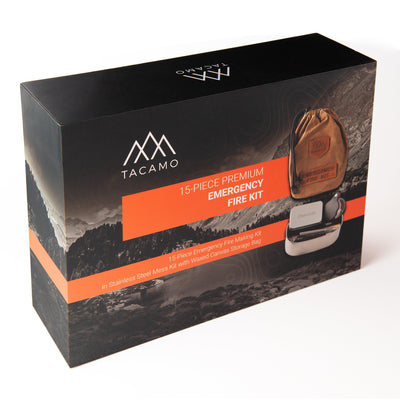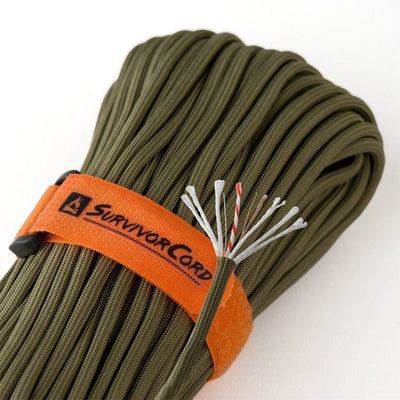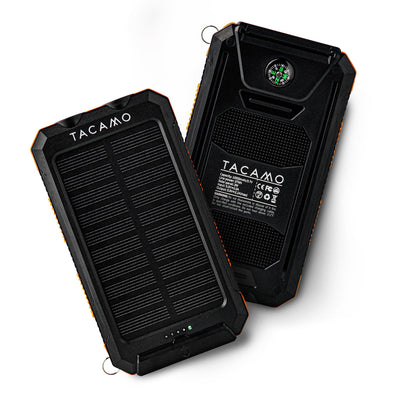Discover how to make a paracord waterfowl lanyard in this instructional video by Rock Paracord. Making a paracord waterfowl call lanyard is easy and most people have paracordlying around. So why buy one when you can make one yourself.
For this project you will need two lengths of paracord that are about 10’ each. You can use whatever colors you want, but for our purposes we will be using safety orange and camouflage paracord. This lanyard will use the four-strand round braid technique.
To begin, fold the two sections of paracord in half to equal lengths. Then cross the cords so the camouflage cord is on top and the orange is on bottom. Starting at the center point with the camouflage cord, bring the ends down over the orange cord and the cross the ends to opposite side. Now take the orange cord and bring its ends down over the camouflage cord and cross the ends to opposite sides. While making the round braid keep everything tight and straight in place.
Continue this process until you reach your desired length. Anywhere between 27” and 28” is typically a one size fits all length. Once you reach your desired length, separate the strands so there is one of each color on each side. You will now tuck on pair of the ends into the starting end to close the lanyard.
Using a pair of forceps, loosen one of the loops on the end of the round braid and pull two of the cords through the loop until the round braid meets its end. You should now be set up in a position to start a cobra weave with the remaining ends of cord.
To make a cobra weave take the outside left cord over the two inside cords to the right. Then take the outside right cord over the top of the left cords end, behind the two inner cords, and then through the loop that was created by the left cord on the left side. Tighten the weave down.
Continue this process alternating starting sides until you have made seven or eight cobra weaves. The cord you started with should now be on the right side. You will always start with the cord you originally started with. It should alternated sides with each weave.
Once you get the cobra weave finished, the next step is to make a couple of nooses with the remaining cords to hold the waterfowl calls on. You don’t want to make them all the same length otherwise the calls will be a bulky mess. Choose different lengths for each of the call cords.
To make a noose, start by making a small “s” with the cord. There should be a loop on top and on bottom. The loop on bottom is where you want the call to hang from. Then take the remaining end of the cord and wrap it around itself just above the bottom loop. Wrap it around four or five times towards the top loop keeping it tight. Put the remaining end of cord through the top loop and pull tight by pulling on the bottom loop. Repeat on all of the remaining cords. Once finished cut the remaining cords and melt the ends into the noose. Your paracord waterfowl call lanyard is now ready to see some action!
